Room 7 had Beth Penrose join us over Skype to talk to us about the scientific process. She shared that she was an agricultural scientist and did lots of research with farmers.
Students loved when she shared her research on what grass cows need to eat to not be radioactive after a nuclear explosion.
She answered a lot of our scientific questions - even when they were a little tricky.
Nic - She explained the scientific process to us. That helped me make my science report.
Stacy - I enjoyed her telling us about the study she did on cows, and how to stop them from being radioactive.
Room 8 was excited to learn about animal movement and behaviour, as well as how they defend themselves. A highlight was meeting Jonathan Dinman, a senior aquarist at the Shedd Aquarium in Chicago. He was happy to answer our questions and shared a lot of knowledge about fish and amphibians from specific areas around the world. Students created battle bots using Sphero robots to simulate the way animals defend themselves. After selecting an animal of their choice, they wrote information reports based on detailed plans, sharing these in videos with their scientific questions and findings.
Amelia: We created an elephant as our battle bot. It look a lot of building and we made a lot of changes.
Isobel: He used his tusks to defend himself. It was just a basic design.
Room 9’s scientist was Lauren Haygood. She is a first-year PhD student in the Boone Pickens School of Geology (BPSoG) at Oklahoma State University (OSU). Her current research covers paleoceanography/paleoclimatology. Before her PhD, she did research covering metal movement in freshwater environments, as well as community science. It was great that she had a slideshow to share with us when we zoomed into our class.
Ana: It was interesting that she showed us the things she does in her lab
Oscar: I like how she told us about her experiments that she did with water
Room 10 had a visit from Nicole Wettstein from Federal Aviation Administration, an Engineer and a Computer Scientist. We learned so much about her work, career, and journey to become a computer scientist. She even let us know that she has not been given any top-secret information that she is aware of yet in her role working for the Federal Aviation Administration. She has worked for the White House, but has never met the president of the United States. We had 62 different questions, and she answered all of them.
Paige: I can’t believe it is yesterday for her and today for us. This time zone thing is mind-boggling.
Brooke: I wanted to know if she has ever crashed a plane. I found out her program controls the tower, not the aircraft, and she is unaware of any aircraft being crashed by bugs in programs these days.
Room 11 had an exciting visit from Faelan Mourmourakis from Macquarie University, a Biologist, Animal Scientist, Neuroscientist, and Entomologist. Who knew you could test the intelligence of bees, we do now. Faelan designs tests and experiments for the bees to complete and repeats them to see not only if the bees could solve the problem but also if they were able to remember how they did it and achieve it faster.
Lucas: bees are nearly as smart us some humans.
Jack: Scientist can have so much fun at work.
The scientific method was the backbone of our inquiry - observing authentic experiences and conducting scientific experiments.
We explored the same method scientists use to test their wonderings.
- Notice something, something you want to understand.
- Create a robust scientific question that you can test and prove or disprove.
- Research your topic and understand the background, other research, or findings that have already been done to help guide you into how you will conduct your experiment.
- Make a hypothesis/prediction.
- Create experiments or models that test or explain our hypothesis.
- Record and discuss your results and findings.
Every step is essential; otherwise, your ability to explain what you observed is limited, and you don’t know how to continue your exploration because once you get to the bottom of the scientific method, you find other things that you wonder about, and you start again.
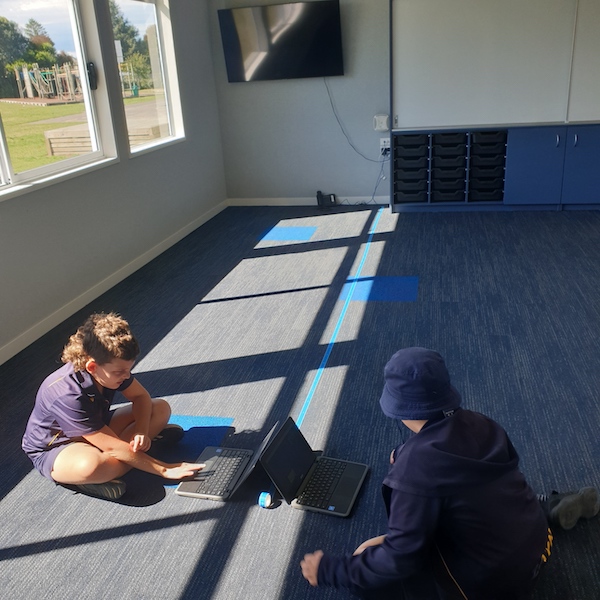
Room 7 focussed on their science projects, which were based around movement on planet earth. This led to all kinds of experiments and research such as how calderas are formed, how a sinkhole begins, how we have different seasons and even how the continents have moved over time.
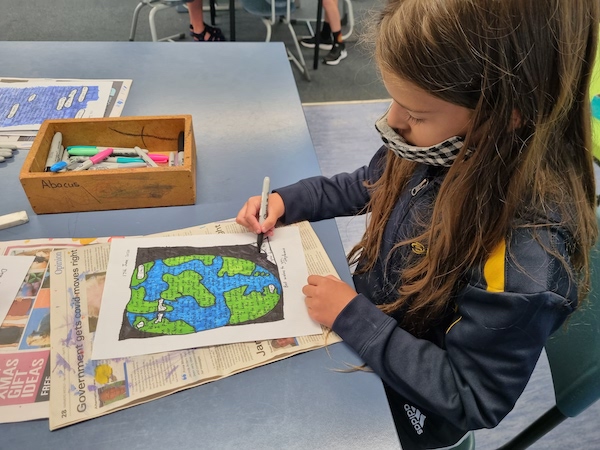
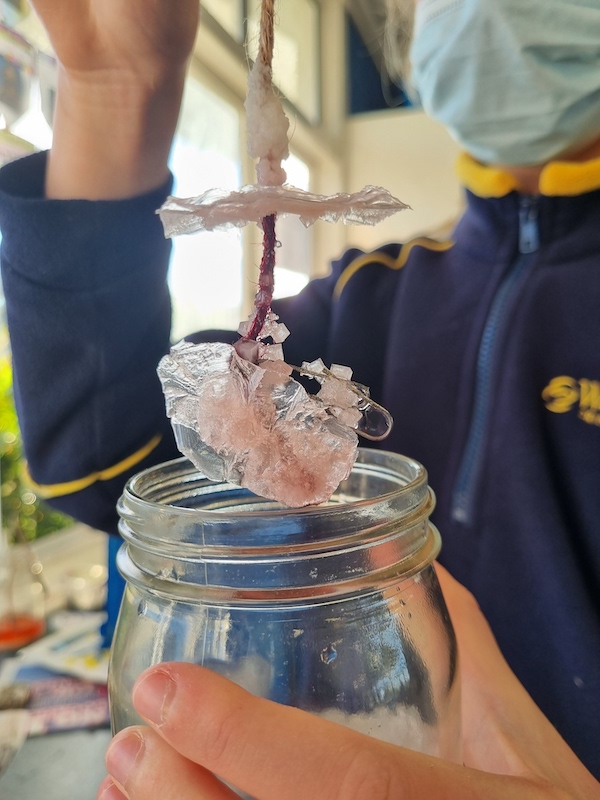
Room 8 has had a full on action packed term, we learnt about dogs from our dog and trainer visitors. We created battle bots, and fought to the death of our bot. Created individual art creations that showed ourselves as individuals through our pepehas. Building our class up as a team and working together to solve many challenges. Room 8 is looking forward to their next adventure.
Room 9 studied the flow of water. The students got into groups and picked an experiment that involved water. The experiment had to be videoed, evaluated and shared with the class. The students also wrote a scientific report about their experiment to share.
Doing the experiments was fun and it was interesting that our experiment worked quicker when we changed the liquid - Sophie
I learnt about light refraction by doing my experiment - Tui
Room 10 had a blast, from building robots to a wide raft of science experiments. We created many different scientific investigations throughout the term and, as you might have seen, made lots of observations on our scientific experiments, describing and explaining what we saw occurring and what we thought it meant. Mr Thompson taught us lots of trust and team-building skill games that challenged and entertained us. Excitedly, term one has set our brains into high gear to continue challenging ourselves to move our learning as we rise to success.
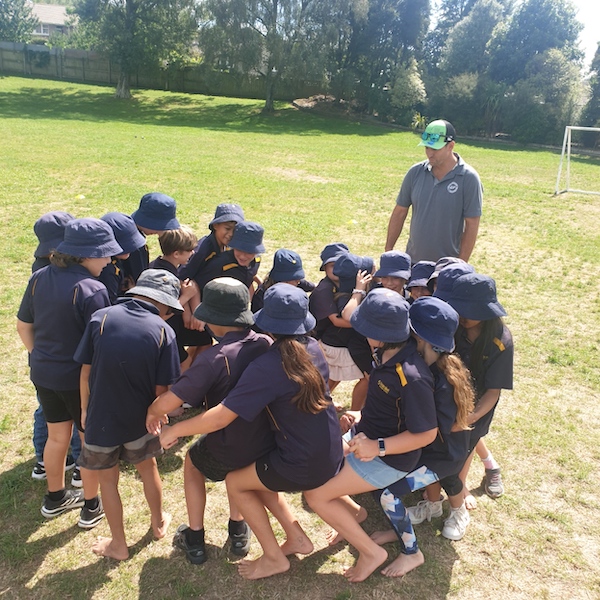
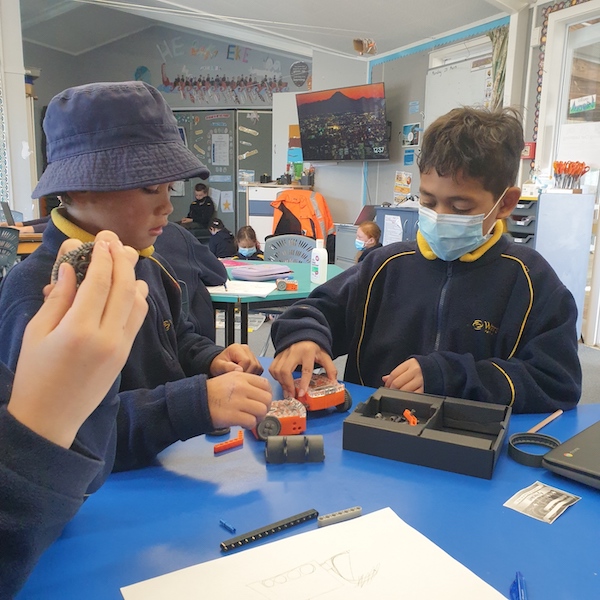
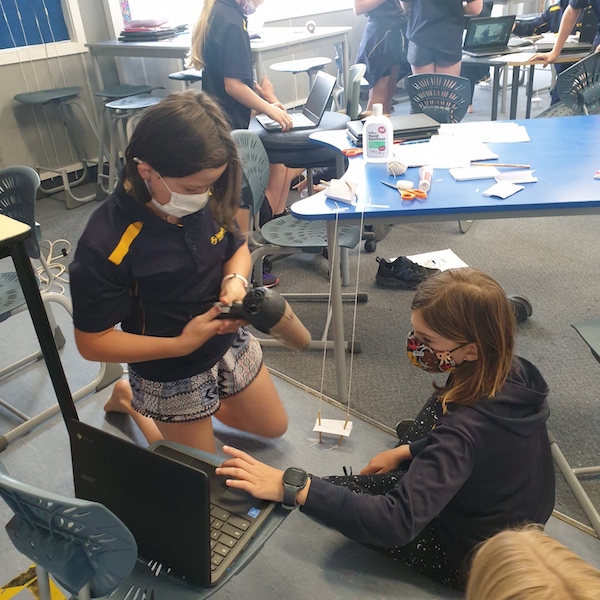
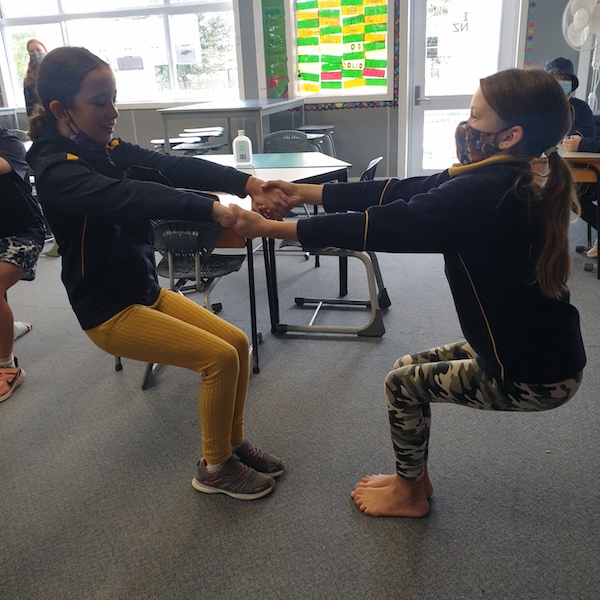
Room 11 experimentied with plants. Creating and conducting experiments on the effects different variables have on the plants ability to grow. We enjoyed our daily wordle exploring patterns and trying to match the correct letters to make the word of the day. This class goal was to develop student agenency and being able to follow instructions independently, this was worked on hard and we are proud to say we have made great progress.
Exploring geometry was fun. Creating symmetry, tessellations, 3d models, rotation, translation, and reflection. Who knew playing with shapes could be so much fun
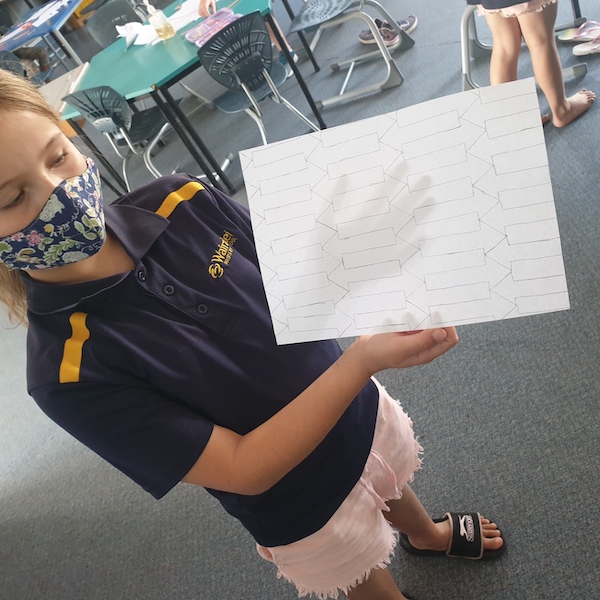
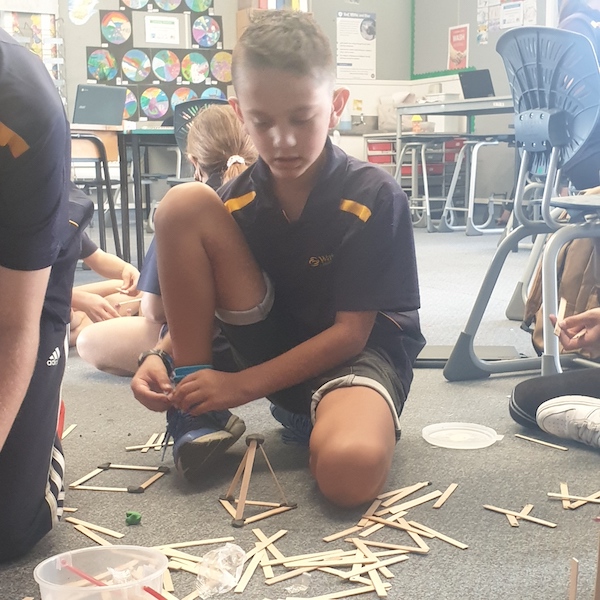
It is great to see our students showing mana, pride, and growing in who they are as senior role models.
Keywords - Movement
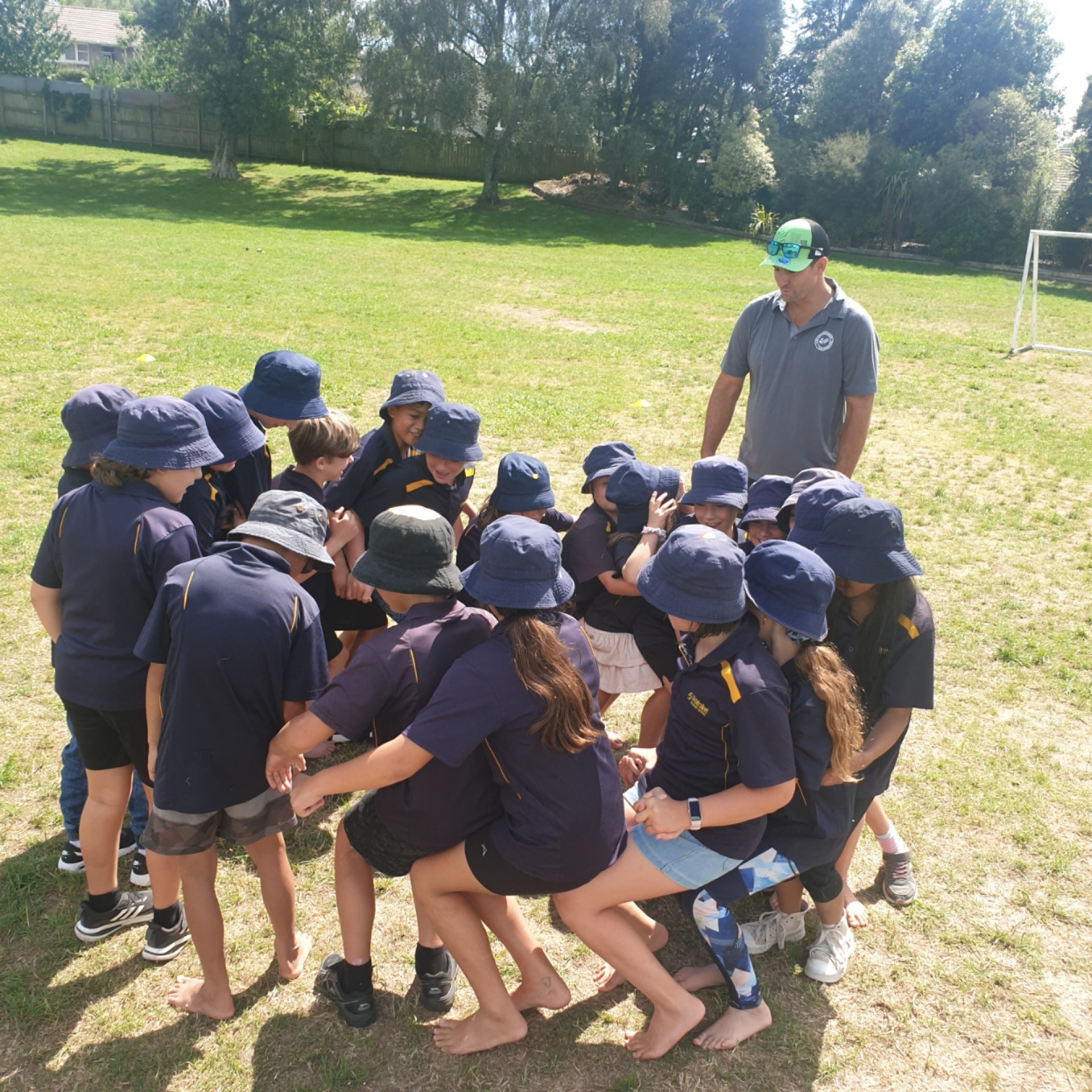

Comments are disabled for this post.